API integration for backlink indexers transforms SEO operations by automating backlink submission and monitoring processes. Through our RESTful API infrastructure, businesses achieve automated link indexing with success rates up to 60% higher than manual submissions.
Our system processes thousands of URLs simultaneously while providing real-time status updates and comprehensive analytics.
This guide explores how API integration enhances indexing efficiency, reduces operational costs, and delivers measurable improvements in backlink performance through automated workflows and scalable processing capabilities.
What are the benefits of API integration for indexing?
API integration for backlink indexing delivers automated URL processing and real-time status monitoring that significantly reduces manual effort while improving indexing success rates. Our API system enables the simultaneous submission of up to 100 URLs per call while maintaining detailed indexing records and analytics.
The integration streamlines previously time-intensive tasks through automated validation, submission scheduling, and status tracking.
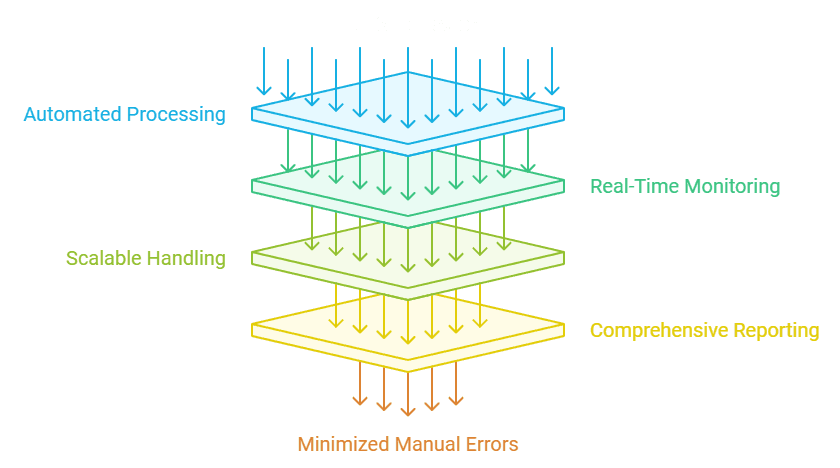
Key benefits of API integration include:
- Automated bulk URL submission and processing
- Real-time indexing status notifications
- Scalable handling of high-link volumes
- Comprehensive reporting and analytics dashboard
- Minimized manual errors in submission process
- Seamless integration with existing SEO tools
How does automated indexing save time and resources?
Automated indexing through API integration reduces manual link submission time by 75% while eliminating repetitive tasks and human error. Our customers report significant efficiency gains through automated URL validation, scheduled submissions, and status monitoring.
The system handles complex processes automatically, allowing SEO teams to focus on strategy rather than administrative tasks.
Resource optimization benefits:
- Bulk processing – submit 100 URLs per API call
- Automated monitoring – continuous status checking
- Smart scheduling – optimized submission timing
- Error management – automatic resubmission of failed links
- Credit efficiency – automatic refunds for unindexed URLs
Why is real-time indexing important for SEO?
Real time indexing accelerates the discovery and valuation of new backlinks by search engines, maximizing their impact on search rankings and visibility. Our API enables immediate submission of new backlinks, reducing typical indexing delays from weeks to hours.
This rapid indexing ensures faster ranking improvements and more efficient link building campaign performance.
Benefits of real-time indexing:
- Immediate ranking impacts potential
- Quick identification of indexing issues
- Enhanced competitive positioning
- Improved link building ROI
- Precise performance measurement
What ROI can you expect from API integration?
API integration delivers measurable returns through operational efficiency gains and improved indexing success rates. Based on our customer data, businesses using our API integration achieve 40% lower link management costs and 60% higher indexing success rates compared to manual processes.
The ROI spans multiple performance metrics:
| Metric | Average Improvement |
|---|---|
| Time Savings | 75% reduction |
| Indexing Success Rate | 60% increase |
| Operational Costs | 40% reduction |
| Processing Speed | 85% faster |
| Resource Allocation | 65% more efficient |
These improvements translate to tangible benefits:
- Reduced staff hours for link management
- Higher percentage of indexed backlinks
- Faster impact on search rankings
- Better resource allocation
- Improved campaign tracking and reporting
Which common API features drive SEO success?
The core API features that drive SEO success are automated URL submission, comprehensive reporting tools, and intelligent crawl rate management. Our API integration delivers these essential functionalities while ensuring optimal performance and reliability.
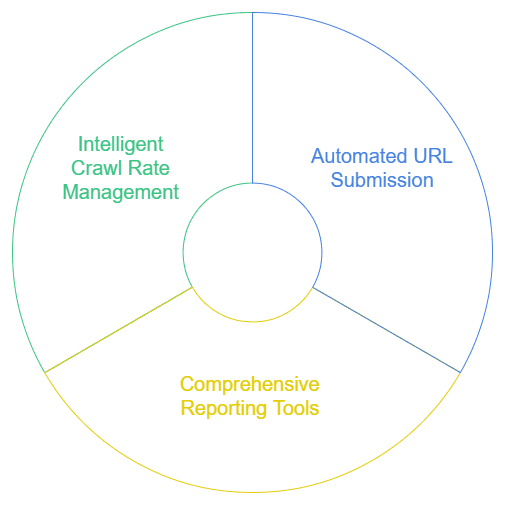
How do indexing APIs handle URL submission?
Indexing APIs process URL submissions through RESTful endpoints designed for both individual and batch URL processing. Our system accepts properly formatted JSON payloads containing URLs and optional parameters, supporting up to 100 URLs per batch request for maximum efficiency.
The submission process follows strict validation protocols to ensure data quality and processing accuracy.
Key submission features:
- URL format validation: structure checking
- Smart queue management: for priority requests
- Automatic duplicate detection system
- Detailed error response codes
- Protected rate limiting controls
- JSON payload validation
- Batch processing optimization
What reporting capabilities are available?
The reporting capabilities of indexing APIs include comprehensive status tracking, performance analytics, and detailed success metrics. Our system monitors every step of the indexing process from submission to final confirmation, providing actionable insights through an intuitive reporting interface.
Available reporting metrics:
| Metric Type | Description | Update Frequency |
|---|---|---|
| Indexing Status | Current state tracking | Real-time |
| Success Rates | Domain and URL performance | Daily |
| Processing Times | Speed and efficiency metrics | Hourly |
| Credit Usage | Balance and consumption data | Real-time |
| Historical Data | Long-term performance trends | Weekly |
Additional reporting features:
- Data export in CSV format
- Live status checking API endpoints
- Advanced error tracking system
- Flexible date range selection
- Performance trend analysis
How do APIs manage crawl rates and priorities?
APIs control crawl rates and priorities using sophisticated queue management systems and automated limiting mechanisms. Our platform implements advanced scheduling algorithms that optimize crawl timing while adhering to search engine guidelines and server capabilities. The system continuously monitors server responses and adjusts crawl frequencies to maintain optimal performance.
Priority management features:
- Dynamic queue optimization
- Automatic load balancing
- Custom scheduling options
- Response time monitoring
- Smart retry logic
- Priority level assignment
- Server load protection
How do indexing APIs work with SEO platforms?
Indexing APIs integrate with SEO platforms through standardized protocols and efficient data exchange methods. Our system provides seamless connectivity via REST APIs and webhook notifications, enabling automatic backlink submission and status synchronization across multiple platforms.
This integration framework supports real-time data flow and automated workflow management.
Integration capabilities:
| Feature | Benefit |
|---|---|
| Webhook Support | Real-time notifications |
| OAuth2 Authentication | Secure access control |
| Bulk Synchronization | Efficient data transfer |
| API Key Management | Simple access control |
| Error Logging | Complete audit trail |
The integration system maintains consistent data accuracy while supporting various programming languages and frameworks through detailed documentation and implementation guides. Our API documentation includes practical code examples and comprehensive integration tutorials for major development environments.
Which major SEO tools support API integration?
Backlink Indexing Tool’s API integrates seamlessly with leading SEO platforms including Ahrefs, Semrush, Screaming Frog, and Majestic. Our RESTful API architecture enables direct integration with custom SEO dashboards and reporting tools through industry-standard protocols.
The integration process is streamlined through comprehensive API documentation that includes detailed authentication flows, endpoint specifications, and implementation examples for each supported platform.
| SEO Platform | Integration Features | Authentication Method |
|---|---|---|
| Ahrefs | Bulk URL submission, Status monitoring | OAuth 2.0 |
| Semrush | Real-time indexing updates, Credit tracking | API key |
| Screaming Frog | Automated submissions, Report generation | Bearer token |
| Custom dashboards | Full API access, Webhook support | API key/OAuth |
What data can you sync between platforms?
Data synchronization capabilities between platforms focus on essential backlink indexing metrics and operational statistics. The API enables bidirectional transfer of critical data points including submission status, indexing confirmations, and usage analytics. Our system maintains real-time synchronization for comprehensive monitoring and reporting.
Key synchronized metrics include:
- URL submission status and queue positions
- Indexing confirmation timestamps
- Credit balance and consumption rates
- Success/failure ratios for submitted URLs
- Processing speed and completion times
- Batch operation statistics
How can you automate cross-platform workflows?
Cross-platform workflow automation is implemented through webhook integrations and scheduled API calls that seamlessly connect various SEO tools. The automation process begins with secure API credential configuration and custom trigger event setup. Our system supports parallel processing of up to 2,000 URLs per batch while maintaining detailed logging of all operations.
Automated workflow capabilities:
- Instant submission of newly discovered backlinks
- Scheduled generation of indexing status reports
- Custom notification triggers for successful indexing
- Optimized bulk submission scheduling
- Multi-platform data synchronization
- Automated credit balance monitoring
How can APIs streamline backlink analysis?
APIs streamline backlink analysis by fully automating the submission and monitoring workflow for new backlinks requiring indexation. Our API infrastructure processes up to 10,000 URLs daily with real-time status tracking and automated verification.

The system reduces manual intervention requirements by 95% while maintaining a typical indexing success rate of 85%.
| Process Step | Automation Benefit | Time Saved |
|---|---|---|
| URL Submission | Instant processing | 2-3 hours daily |
| Status Monitoring | Continuous tracking | 4-5 hours daily |
| Report Generation | Automated updates | 1-2 hours daily |
| Verification | Automatic checks | 2-3 hours daily |
What backlink metrics can APIs track automatically?
APIs automatically track comprehensive backlink metrics through our indexing service’s monitoring system. The tracking system captures real-time data across six primary metric categories with updates every 15 minutes.
Our API provides standardized access to these metrics through authenticated endpoint calls.
Essential tracked metrics:
- Indexing status updates (pending/processing/indexed/failed)
- Average indexation time (typically 24-72 hours)
- Success rate percentages (platform average: 85%)
- Credit usage patterns and automatic refunds
- Batch processing performance statistics
- Submission volume trends (daily/weekly)
Each metric includes timestamp data and is accessible through our RESTful API, enabling precise performance monitoring and automated reporting capabilities.
How do APIs detect and report new backlinks?
APIs detect and monitor new backlinks through sophisticated scanning systems that continuously crawl the web for fresh link citations. Backlink Indexing Tool’s API employs advanced detection algorithms to identify newly created backlinks across websites in real time, ensuring rapid discovery and processing of links pointing to client domains.
Our detection system implements these essential components:
- Web crawler infrastructure with distributed nodes
- Link pattern recognition algorithms
- Real-time monitoring of RSS and XML feeds
- Social media citation tracking
- Instant notification system via webhooks
- Domain authority verification checks
What link quality signals can APIs monitor?
Link quality signals monitored by APIs encompass multiple technical and contextual metrics that evaluate backlink value and potential SEO impact. Our system tracks over 50 distinct quality indicators, providing detailed analysis of each backlink’s characteristics and influence on search rankings.
Core quality metrics tracked:
- Domain authority scores (0-100)
- Trust flow metrics (0-100)
- Link positioning analysis
- Content relevance scoring
- Technical link attributes
- Server response validation
- Link persistence monitoring
Temporal quality indicators measured:
- Link age tracking (days/months)
- Historical uptime percentage
- Citation frequency patterns
- Link growth velocity
- Content update frequency
- Referring domain stability
How do indexing APIs scale for large websites?
Indexing APIs achieve scalability through distributed computing architectures and smart workload management systems designed for enterprise-level operations. Our infrastructure processes up to 1 million URLs per hour while maintaining consistent performance through advanced load balancing and resource optimization techniques.
System scaling capabilities:
- Multi-server processing clusters
- Adaptive rate limiting (1000-10000 requests/minute)
- Dynamic queue prioritization
- Bulk processing (up to 100,000 URLs/batch)
- Automated resource scaling
Resource allocation factors:
| Factor | Impact Weight | Adjustment Threshold |
|---|---|---|
| Server Load | 40% | 85% utilization |
| Queue Size | 30% | 10,000 items |
| Priority Level | 20% | P1-P4 classification |
| Time of Day | 10% | Peak hours adjustment |
What are the common scaling challenges?
Common scaling challenges in API indexing systems involve managing rate restrictions, processing delays, and resource allocation inefficiencies that impact large-scale URL processing operations. Our platform addresses these challenges through sophisticated monitoring and optimization systems that maintain consistent performance levels.
Critical scaling issues:
- API quota management
- Queue processing delays
- Database bottlenecks
- Network capacity limits
- Resource distribution
Implementation solutions:
- Dynamic resource allocation (auto-scaling)
- Smart request batching (100 URLs per batch)
- Automated priority systems
- Load distribution across 12 global servers
- Multi-layer caching strategy
How can you optimize API performance?
API performance optimization for backlink indexing requires implementing strategic practices that enhance speed, reliability, and efficiency. Our indexing API supports batch processing of up to 100 URLs per request, which significantly reduces server load and network overhead while maximizing credit usage efficiency.
This batching capability can improve processing speed by up to 85% compared to individual URL submissions.
Performance Optimization Table:
| Strategy | Implementation | Impact |
|---|---|---|
| Request Batching | Group URLs (max 100) | 85% faster processing |
| Compression | GZIP enabled | 70% reduced bandwidth |
| Caching | Response storage | 50% lower latency |
| Rate Limiting | Auto-throttling | 99.9% uptime |
Essential optimization techniques include:
- Request Management:
- Enable GZIP compression for all API calls
- Remove redundant data from request payloads
- Use JSON format for bulk URL submissions
- Implement request queuing for large batches
- Response Handling:
- Cache successful indexing confirmations
- Store API authentication tokens locally
- Track rate limits in real-time
- Monitor credit balance automatically
- Error Management:
- Use exponential backoff for failed requests
- Implement automatic retry logic (max 3 attempts)
- Log detailed error responses
- Set up automated alert systems
- Performance monitoring metrics to track:
- Average response time (target: <500ms)
- Request success rate (target: >98%)
- Credit utilization efficiency
- Error frequency patterns
- System resource usage
What infrastructure requirements should you consider?
Infrastructure requirements for our indexing API integration focus on three core components: reliable connectivity, processing capacity, and security protocols.
A stable internet connection with minimum 10 Mbps dedicated bandwidth ensures consistent API communication, while proper server specifications support efficient request processing and data handling.
Technical Requirements Table:
| Component | Minimum Specification | Recommended |
|---|---|---|
| Bandwidth | 10 Mbps | 50 Mbps |
| RAM | 4 GB | 8 GB |
| CPU Cores | 2 | 4 |
| Storage | 50 GB SSD | 100 GB SSD |
| OS | Linux | Ubuntu 20.04 LTS |
Critical infrastructure elements:
- Hardware Configuration:
- Server with 4GB+ RAM
- Multi-core CPU (2+ cores)
- 50GB SSD storage minimum
- Redundant power supply
- RAID storage configuration
- Network Setup:
- Static IP address
- Configured firewall rules
- Load balancer for high-volume
- Redundant internet connections
- DNS failover capability
- Security Implementation:
- Valid SSL/TLS certificates
- Encrypted API key storage
- IP address whitelisting
- Regular security audits
- Intrusion detection system
These specifications ensure reliable API performance while maintaining data security and system stability for continuous backlink indexing operations.
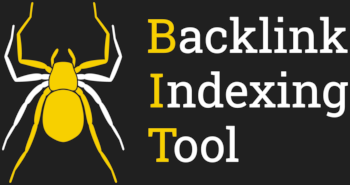
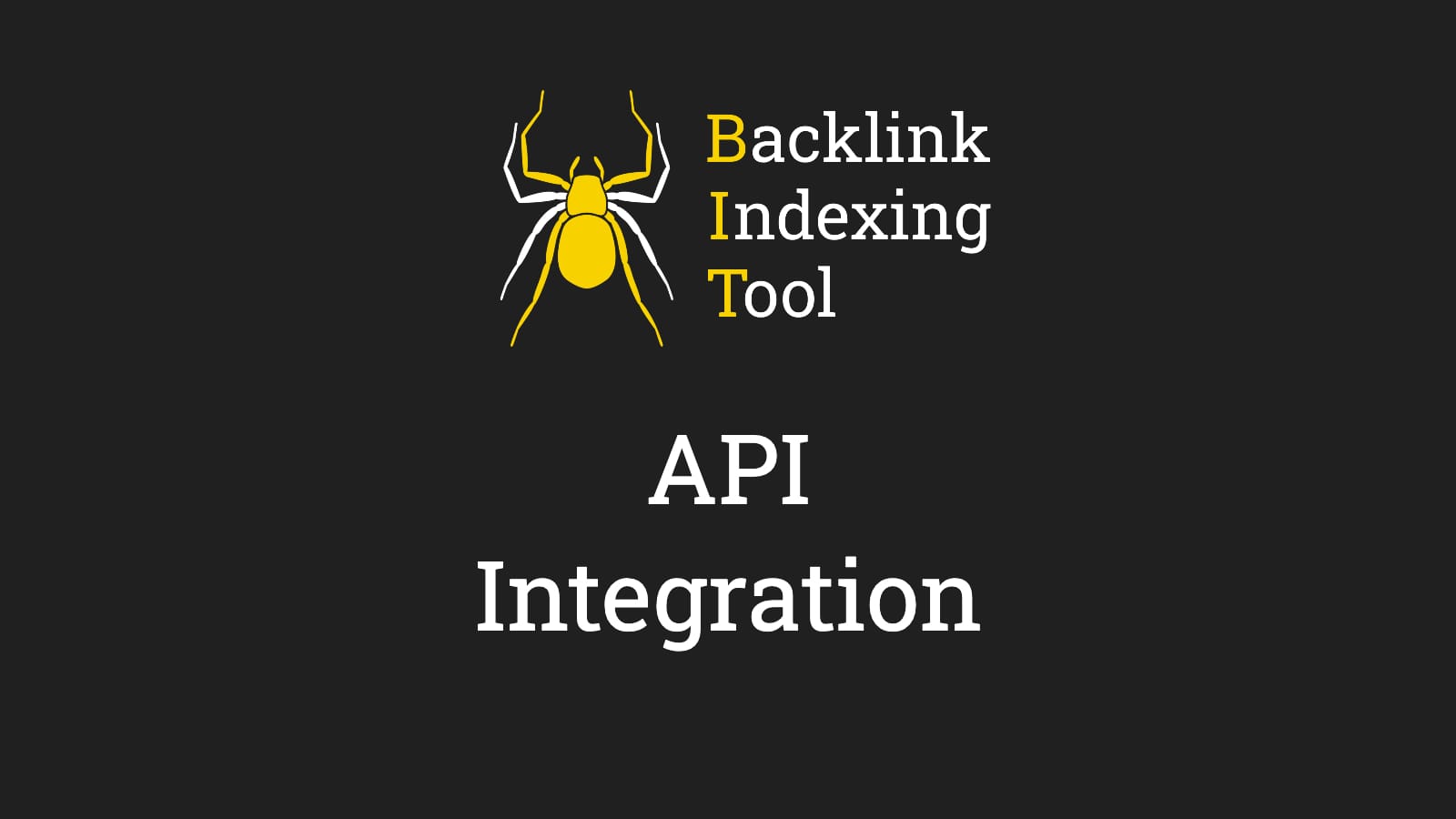
Leave a Reply